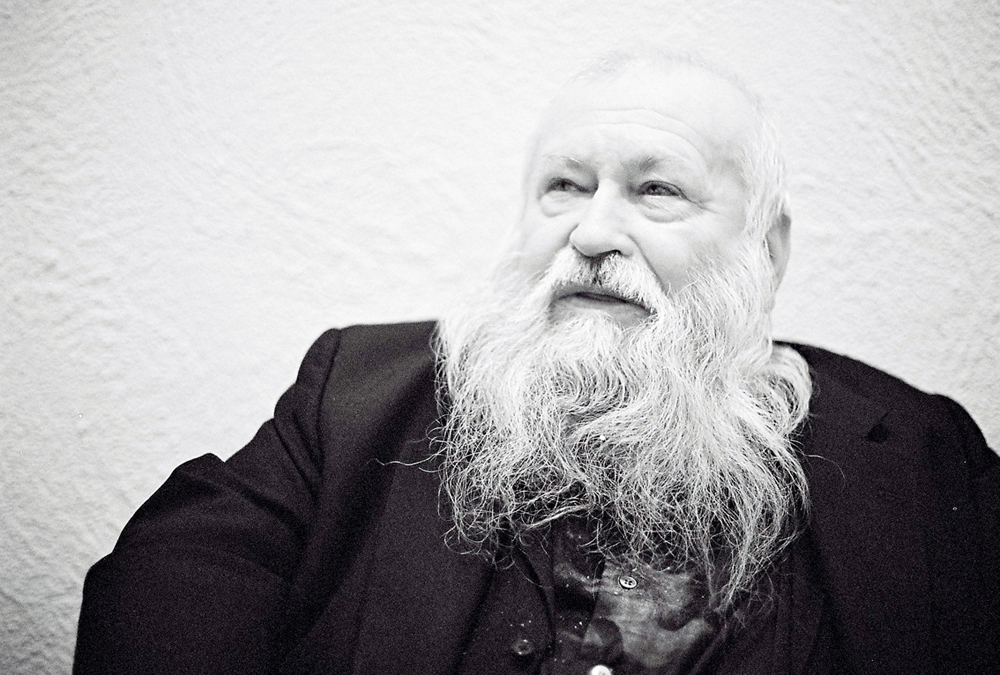Hermann Nitsch
Hermann Nitsch
A specially commissioned performance for organ, along the following lines: “The joy of beautiful colours, of (almost intoxicating) combinations of sound was most important but at the same time it was carried by the almost presumptuous task to conjure, to sing of, and measure the extent of cosmic space. The course of the stars were to be put to sound.”
ReadHermann Nitsch is a leading and founding member of the hugely influential Vienna Aktionist (Which also included Gunter Brus, Otto Mühl, Rudolf Schwarzkogler, Peter Weibel and the filmmaker Kurt Kren (we’ve shown lot of his films at one of our other events, Kill Your Timid Notion)) group of artists, who developed an artistic, critical response to the strict, conservative society of post-WWII Austria and to the burnt out nature of Western society in general. Aktionism took extreme positions from visual art, music and film and turned them directly against a conservative society in a blend of shock, ritual, the ethics of religion and sacrifice, our culture’s fixation with violence. For his part, Nitsch’s would use the juxtaposition of quasi-religious and ritualistic icons (Inc.: staged crucifixions, robed processions, nudity, animal sacrifice, the drinking of blood, drunken excess, and the ritualistic use of animal hearts and entrails; taking atavistic, evolutionary redundant gestures for what they claim to be, “the body of Christ”.) to create an art that actively sought catharsis through pain and compassion, enlightenment through an embracing of primal instinct and ancient sacrament. His is an art not of removal from the situation, but one that exists in real, corporeal, and violent terms; the audience is always involved.
At INSTAL he will perform a specially commissioned piece for organ. A central part of Nitsch’s Aktions was music and sound: “the utmost noise is produced by all of the orchestras and unites to form one single, gigantic, sustained, painful, overloud, unbearable roaring sound (noise ecstasy)”. Nitsch has spent 50 years working with the organ and harmonium. He has dedicated vast amounts of time to the capturing of a direct, sonorous representation of the expanse of the cosmos. “I tried to listen into the infinite structure of the stars, into the unimaginable spaces searching for sound. The joy of beautiful colors, of (almost intoxicating) combinations of sound was most important but at the same time it was carried by the almost presumptuous task to conjure, to sing of, and measure the extent of cosmic space. The course of the stars were to be put to sound.”
Why is it interesting? Nitsch’s solo organ music is a serious attempt to penetrate your body, a battlefield of roaring modulations and tones. Tones from which he seems to start from an intuitive, personal understanding of long suspended notes in oddly idiosyncratic constellations. Overtones, interference and spatial acoustics. For all that you could compare his music to that of other great drone artists (La Monte Young, Charlemagne Palestine), his seems a very personal and intuitive, exploratory one. The frame of reference he draws on is so totally different to those (or any other contemporary artist I can think of). A big influence continues to be Martin Heidegger. He developed an approach of “phenomenological testimony” as a way to understand our everyday experiences (anxiety for e.g.) ontologically (There are many approaches to ontology, Heidegger’s is always to ask: “what does being mean”; which if you want to pick over is maybe a bit too much like nostalgia for the sacred – God’s plan is inscrutable, so we have to scurry about for meaning to it, (there must be a reason) which we’ll never find. Anyway…).
Heidegger uses phenomenology (how things manifest themselves in the world) to answer questions of what they are. What is anxiety? Maybe it is the fact that in making choices we extinguish options. To choose one thing/ path/ solution is to reject countless others. If our choices define who we are then in choosing we extinguish other possible definitions of who we could be, we can’t ever ‘be all that we can be’: theoretically infinite in our potential, we are at the end finite, we exist as a “thrown project”: thrown out of a past we cannot get behind, we project ourselves into a future we can never get beyond. That would certainly make me anxious. I think Nitsch approaches sound in this manner, and his desire to approach the infinite expanse of the cosmos through sound reflects this, a desire to find an infinite sound married to our own essential ontological finitude (this idea that we can’t ‘be all that we can be’)
Here’s how Gunter Brus described Nitsch’s music: “(he) starts where others don’t react at all; at lust, rot (disintegration) and death, poison and madness, fragrance and temperature, the fluid, the excess. To him the intricate structure of a symphony is not accidental play with traditional forms, it’s necessity. A symphony is s o u n d (and complete).” And here’re some quotes from the notes that accompany Nitsch’s organ masterpiece Die Geburt des Dionysos Christos, by way of other frames of reference: “Wildly moving hordes consumed as Satyrs and Silene moving through fields and forests in an ecstatic state with garlands on their heads.” Nietzsche “One how has never experienced this desperation, has no notion of the shadows of the coming decisions.” Heidegger “The uncanny is many-sided; nothing, however, looms larger than the human in strangeness.” Sophocles.
Documentation

▴ Credit: Bryony McIntyre
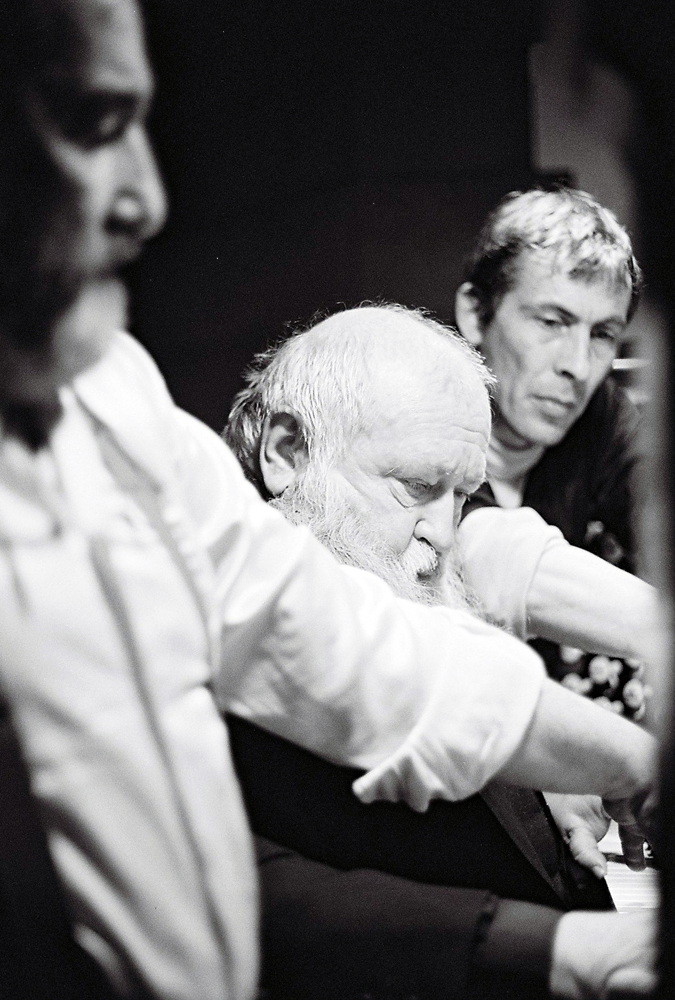
▴ Credit: Bryony McIntyre

▴ Credit: Bryony McIntyre

▴ Credit: Bryony McIntyre

▴ Credit: Bryony McIntyre
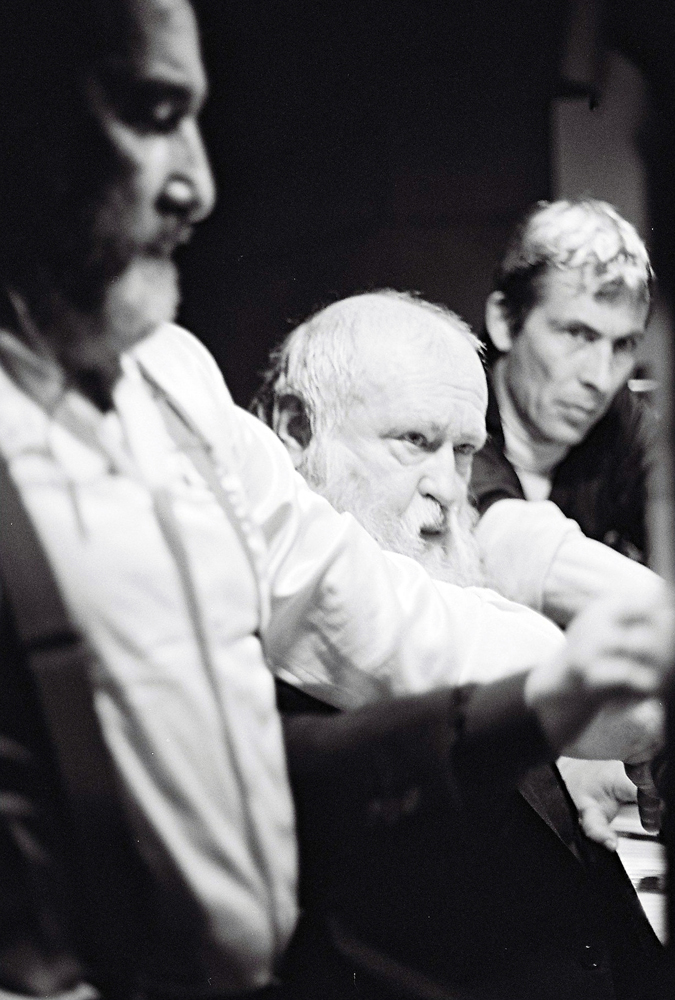
▴ Credit: Bryony McIntyre
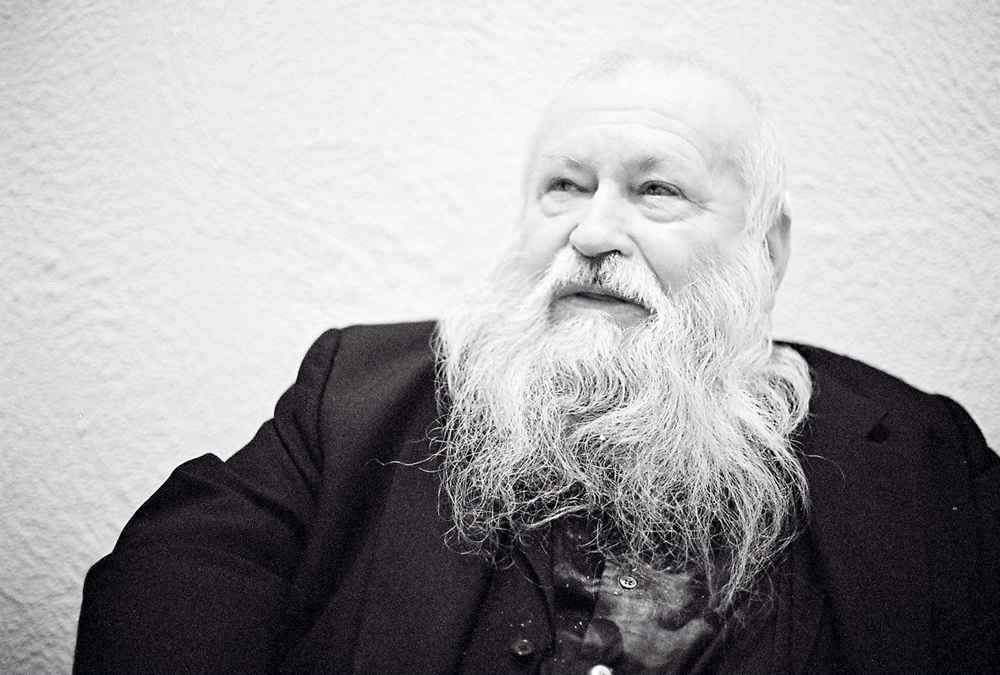
▴ Credit: Bryony McIntyre
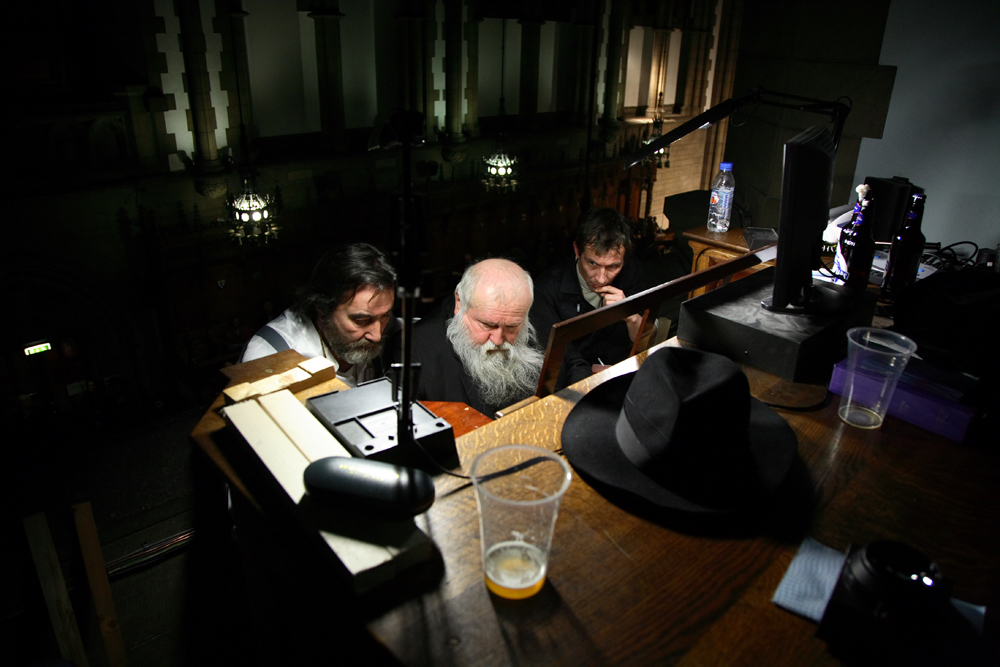
▴ Credit: Alex Woodward
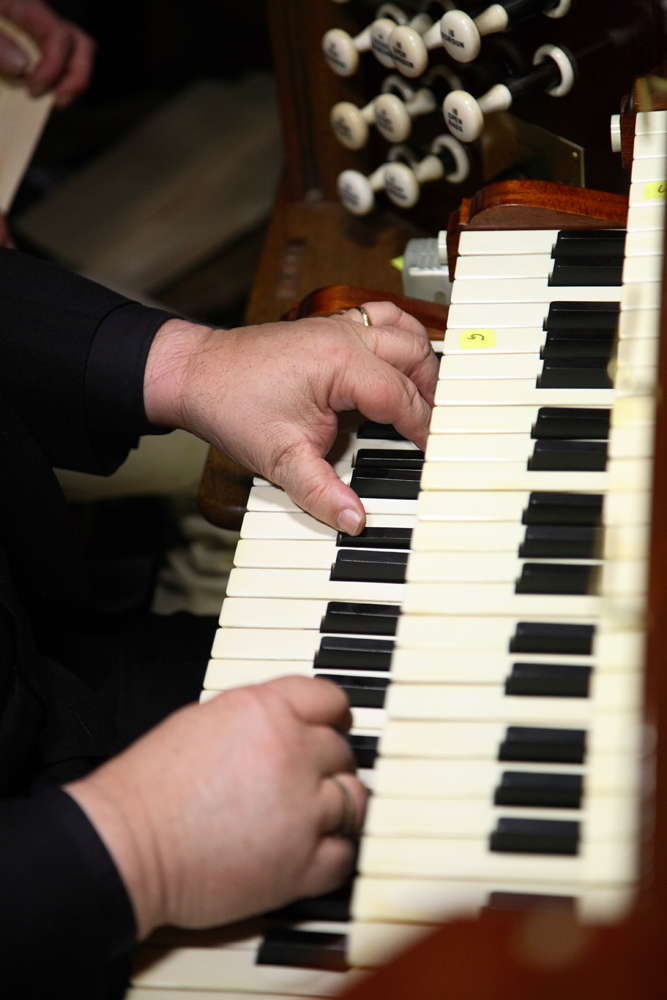
▴ Credit: Alex Woodward
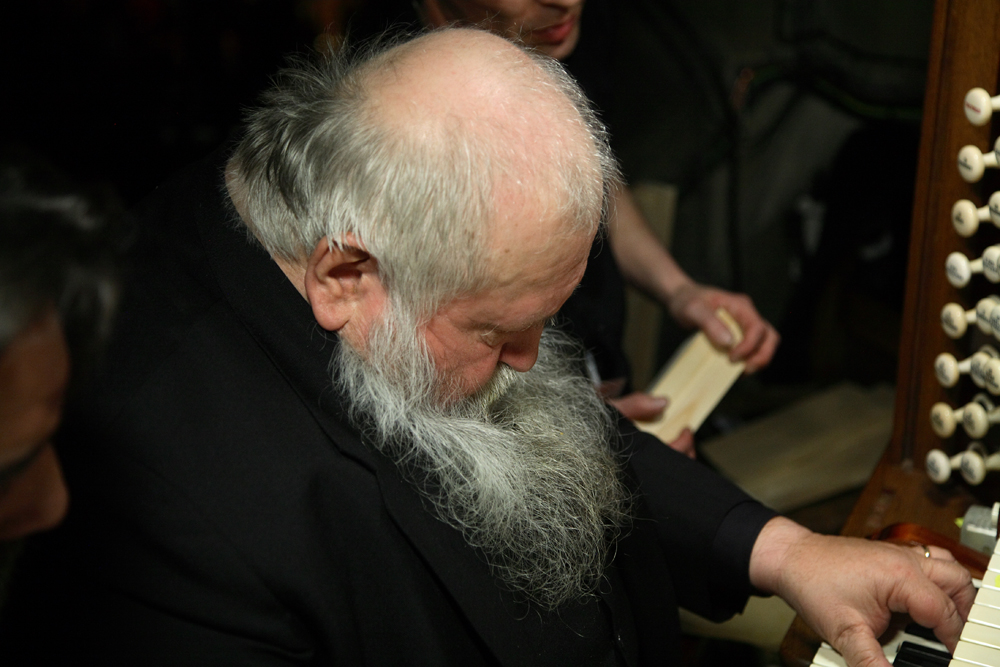
▴ Credit: Alex Woodward

▴ Credit: Alex Woodward

▴ Credit: Alex Woodward

▴ Credit: Alex Woodward
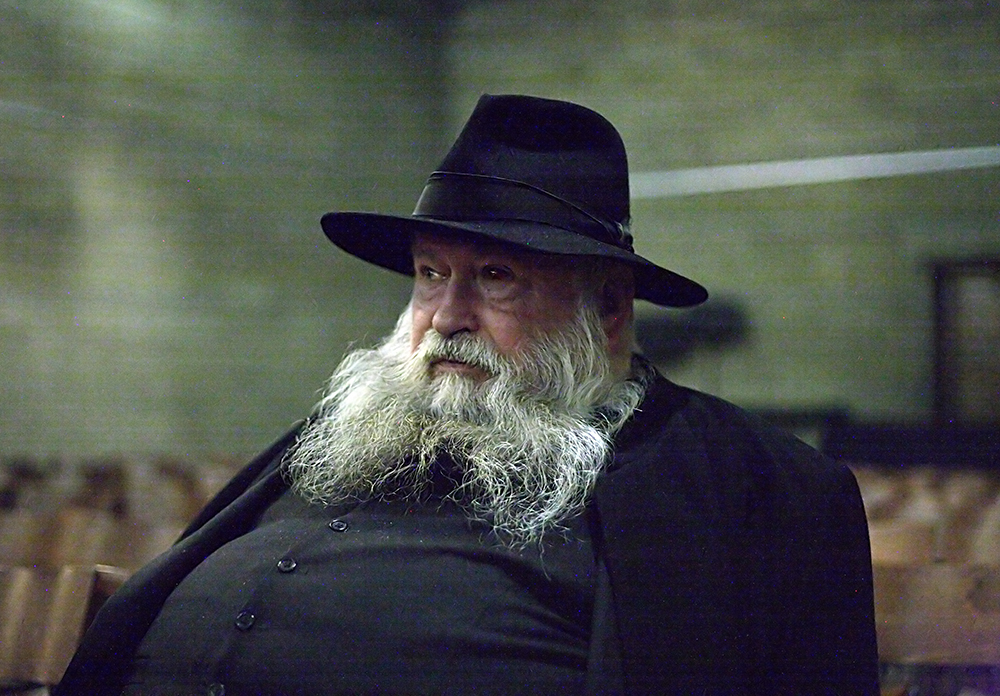
▴ Credit: Alex Woodward
Artists
